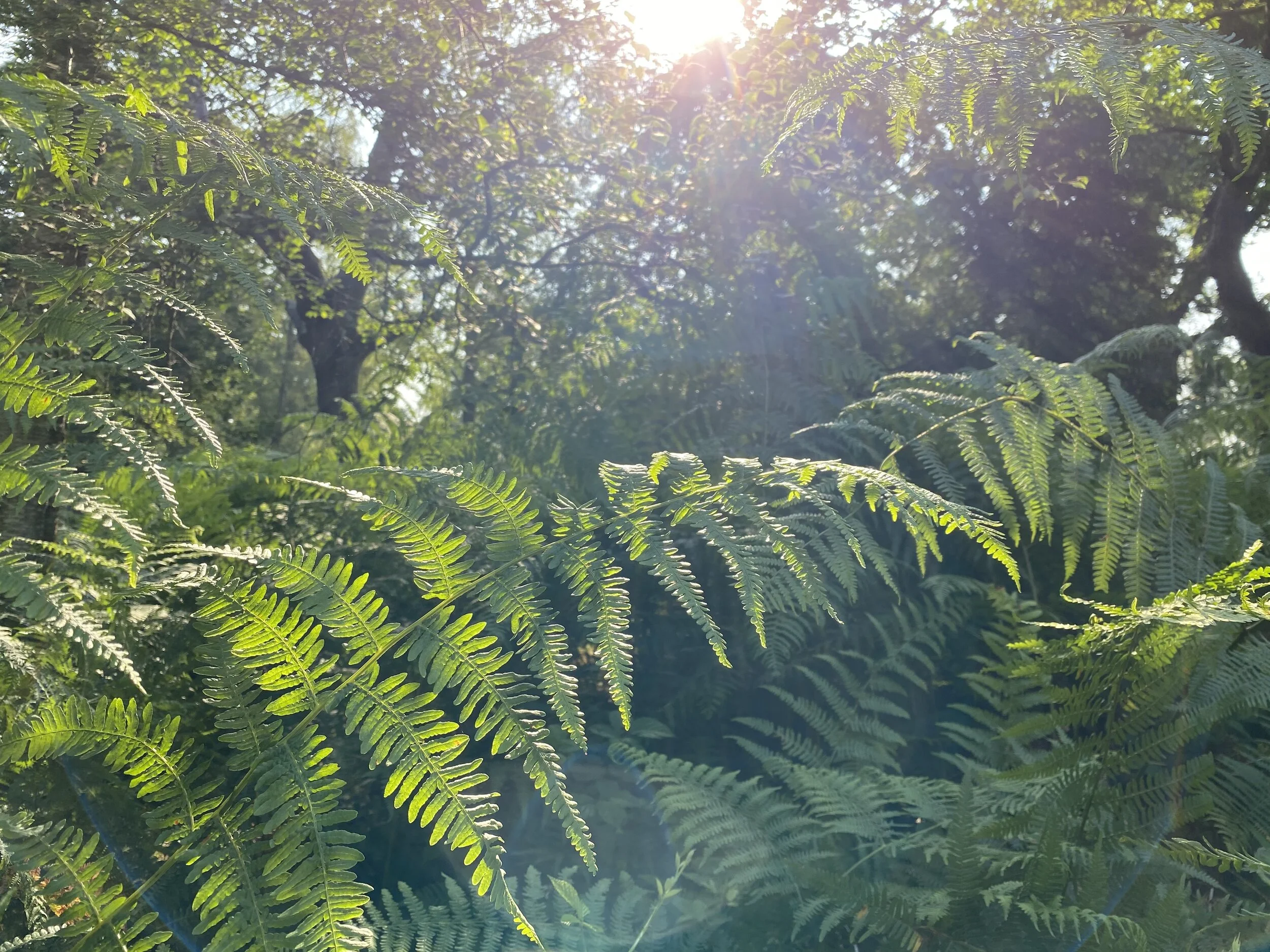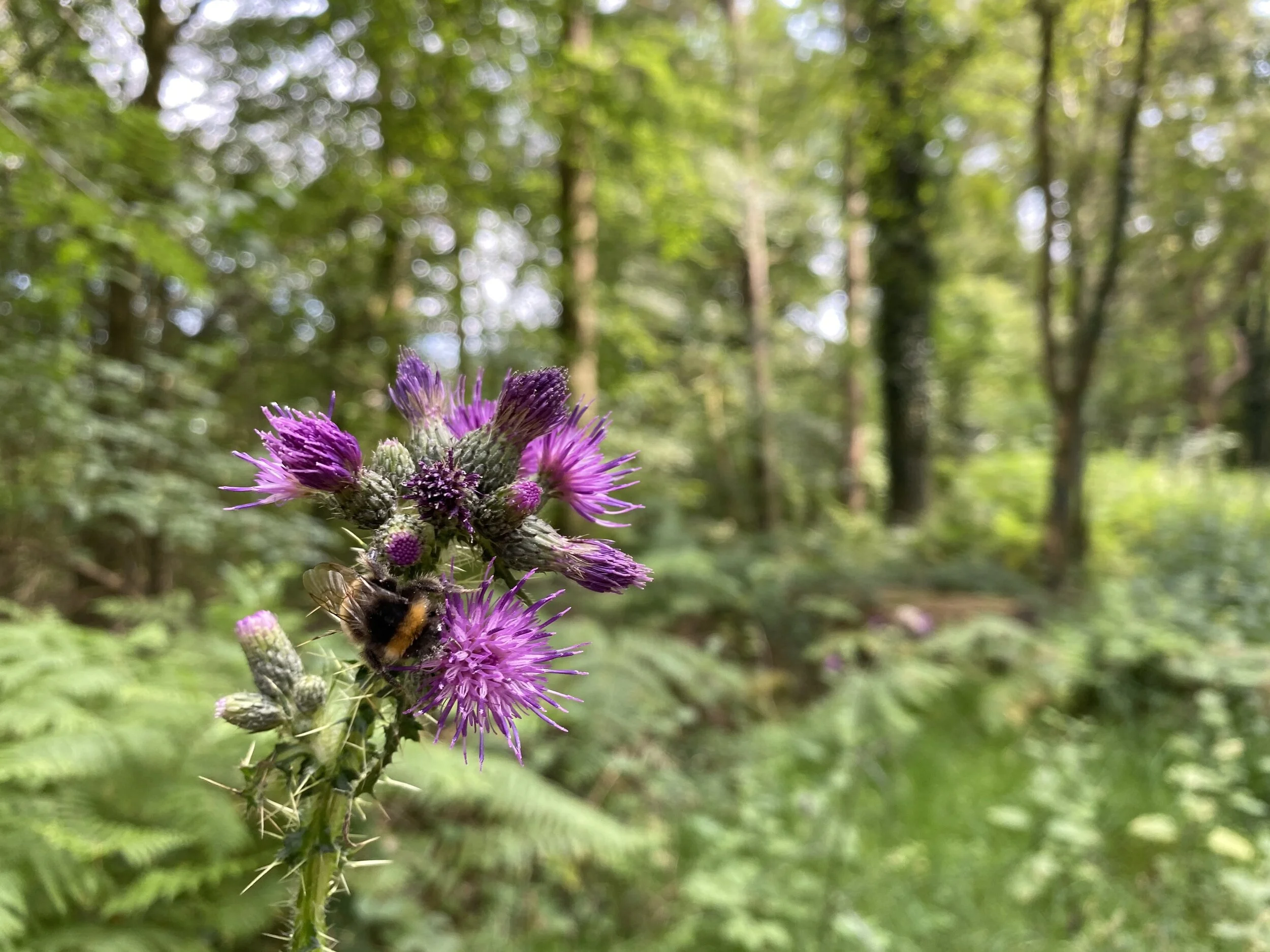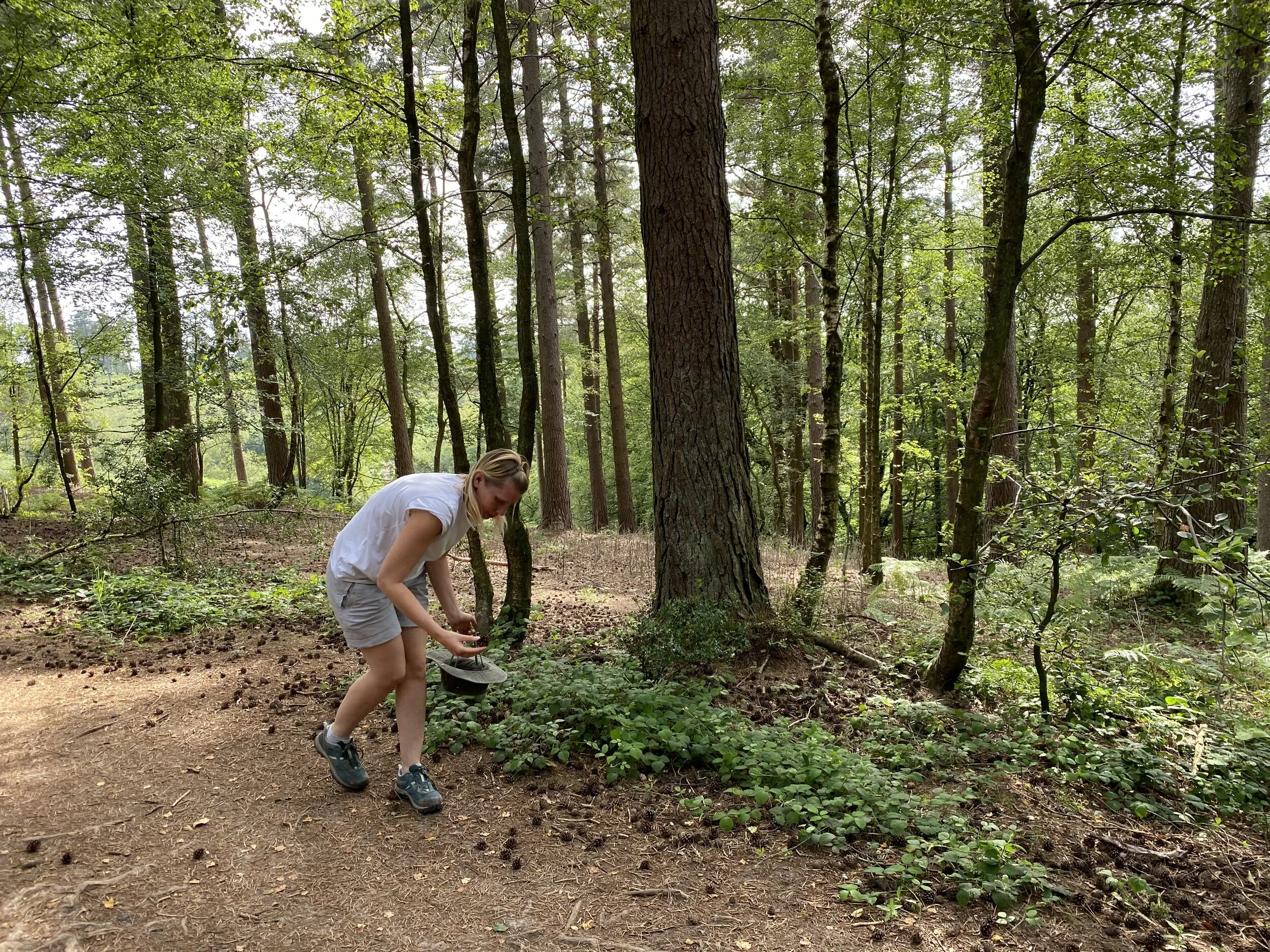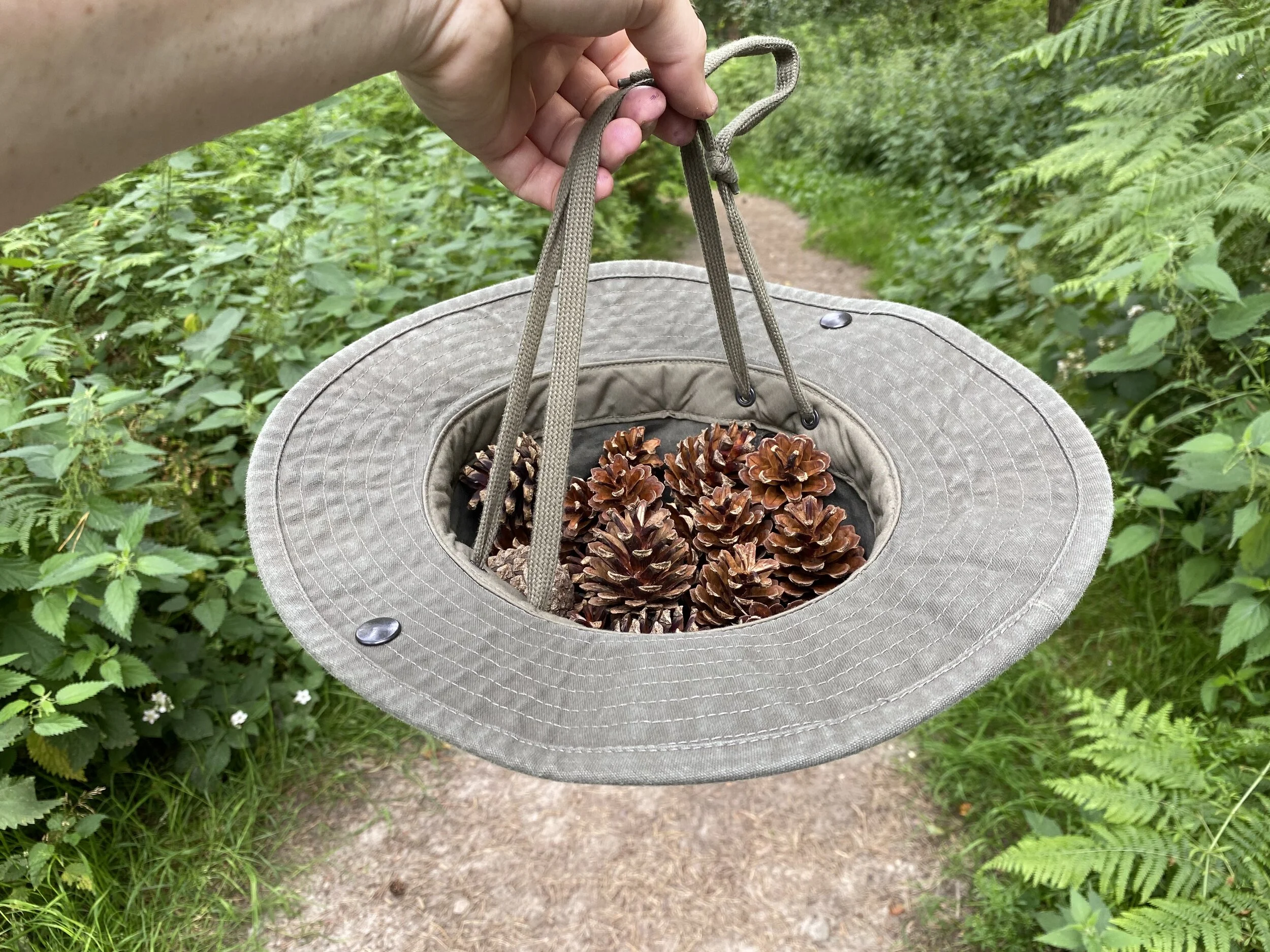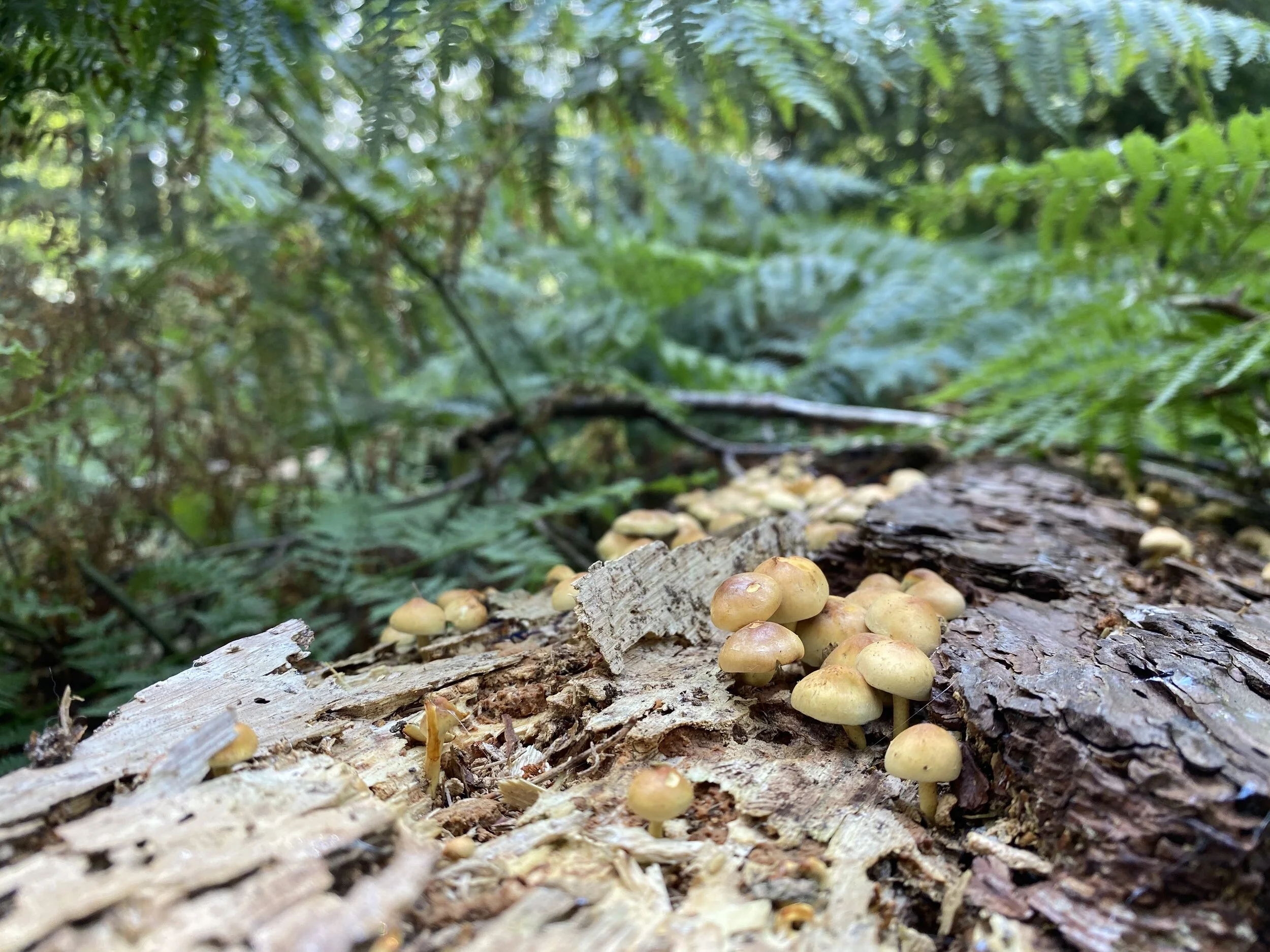001 - A Little Bilberry Adventure...
/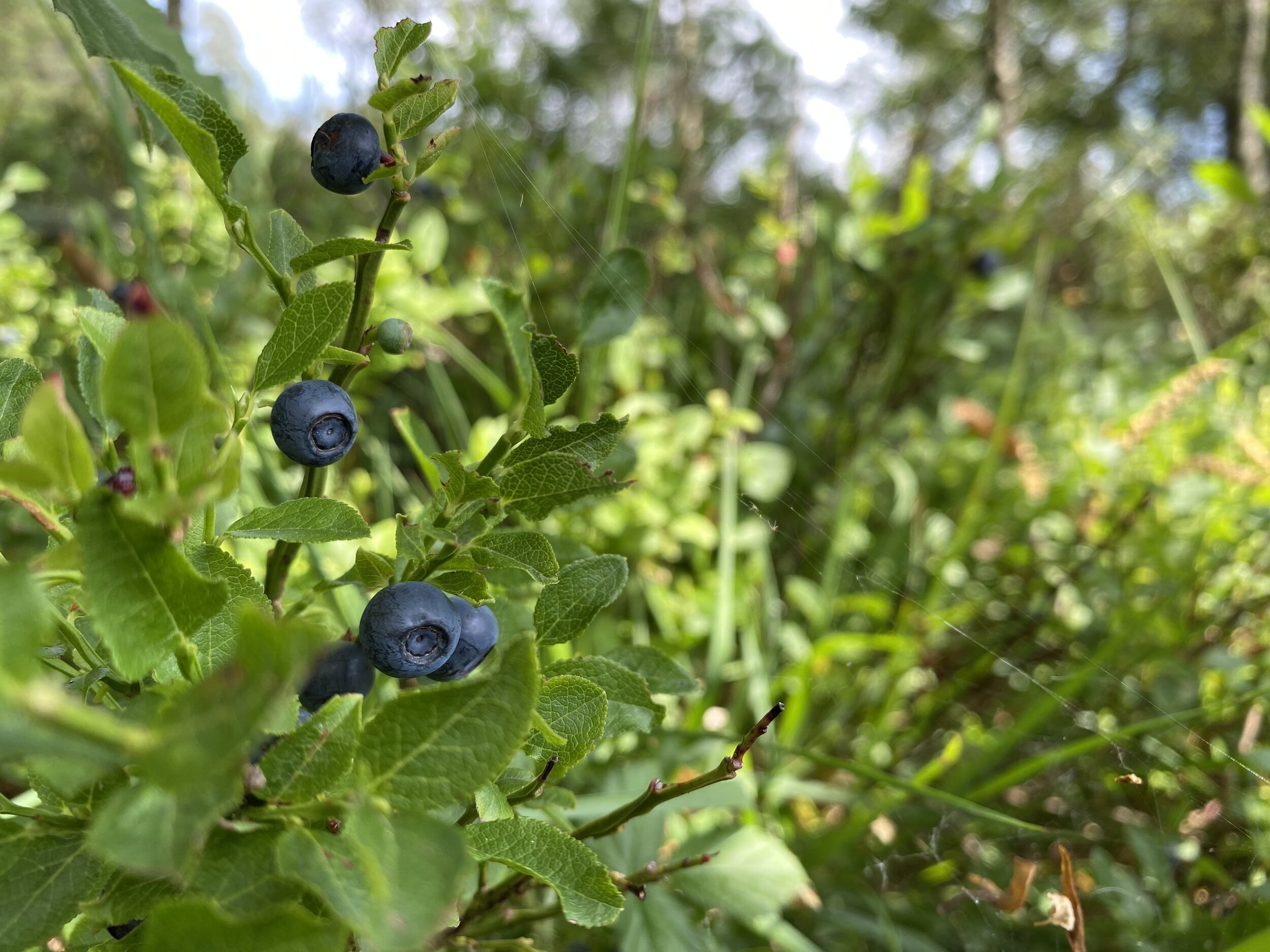
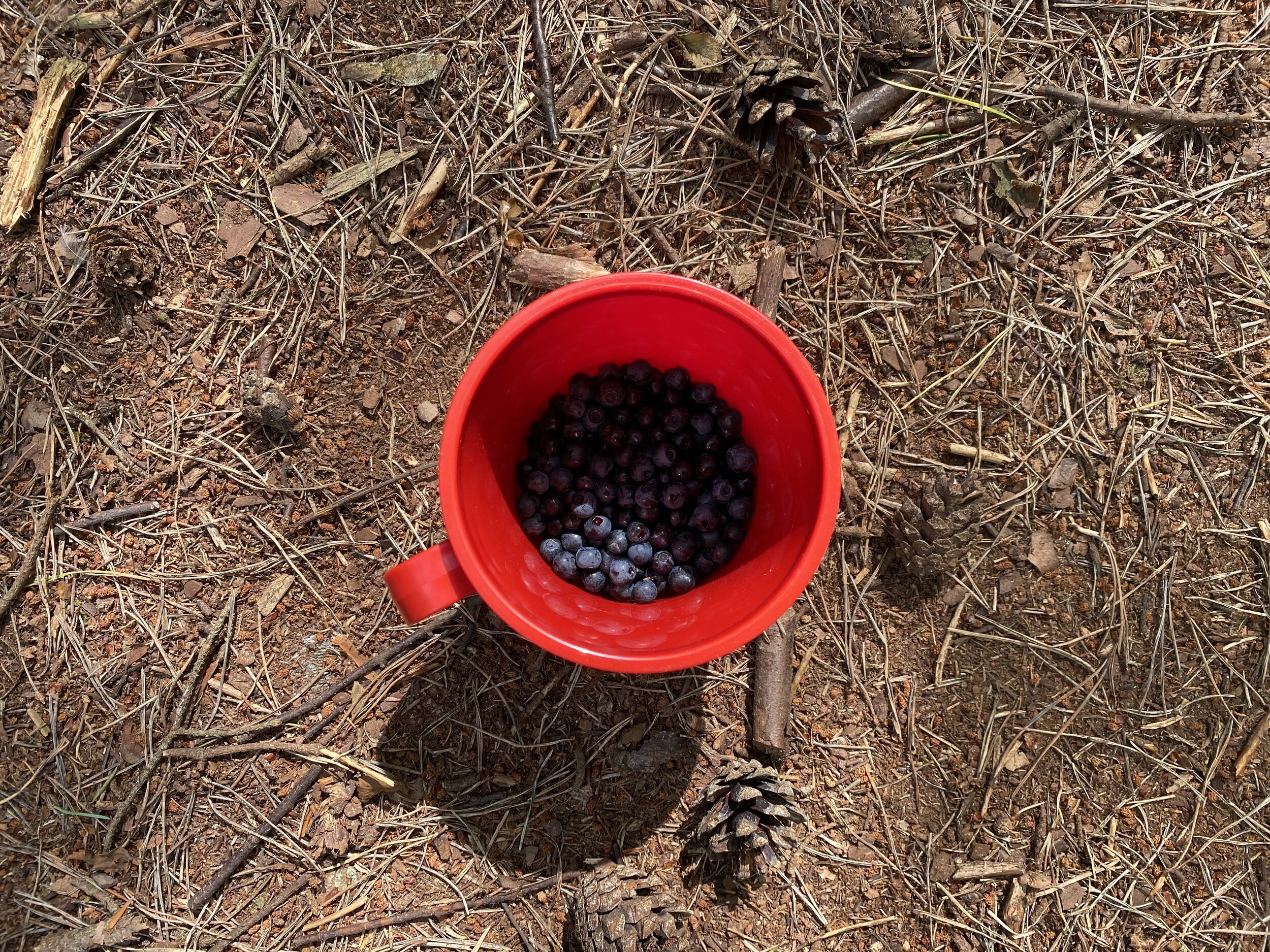
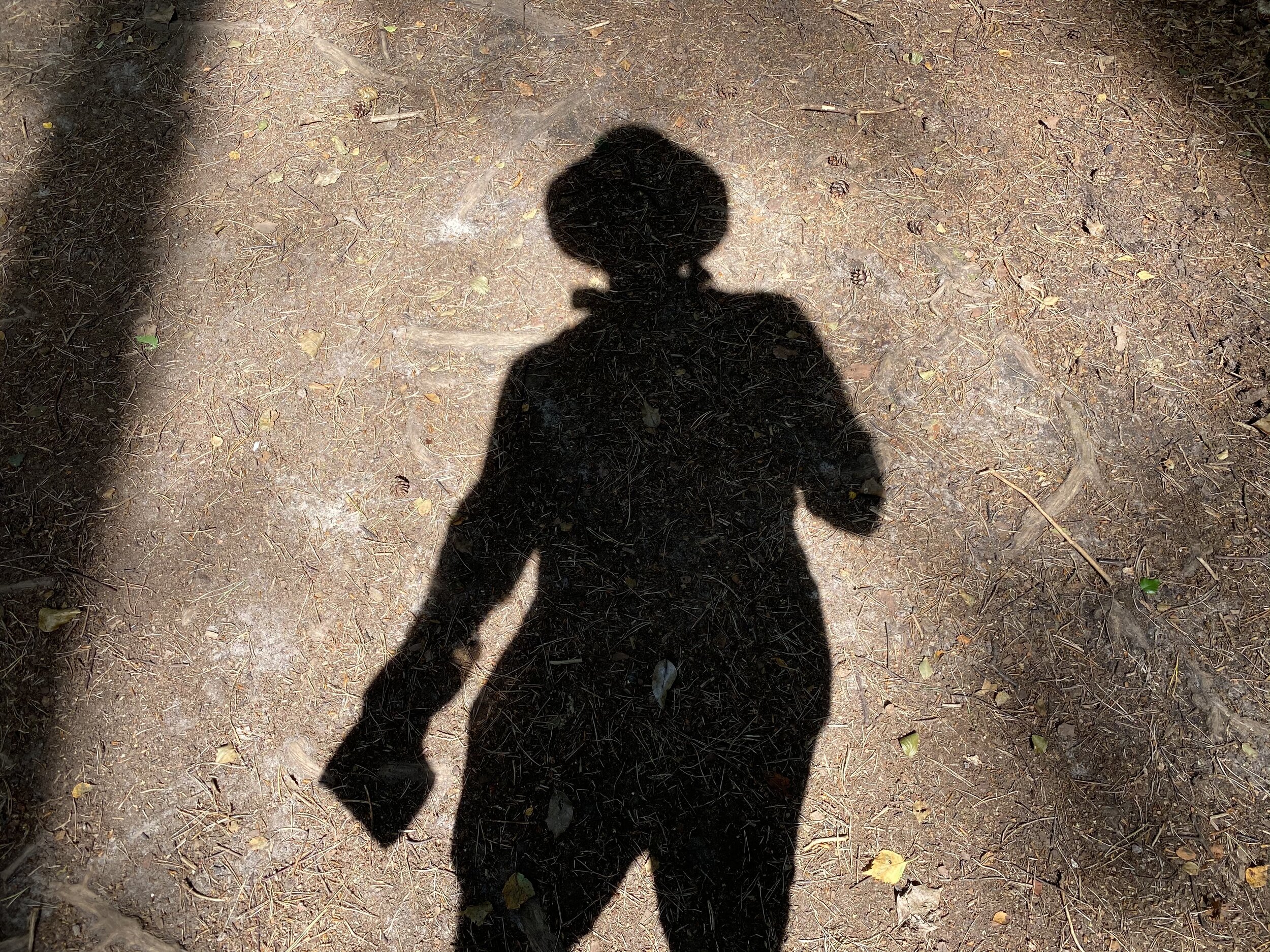
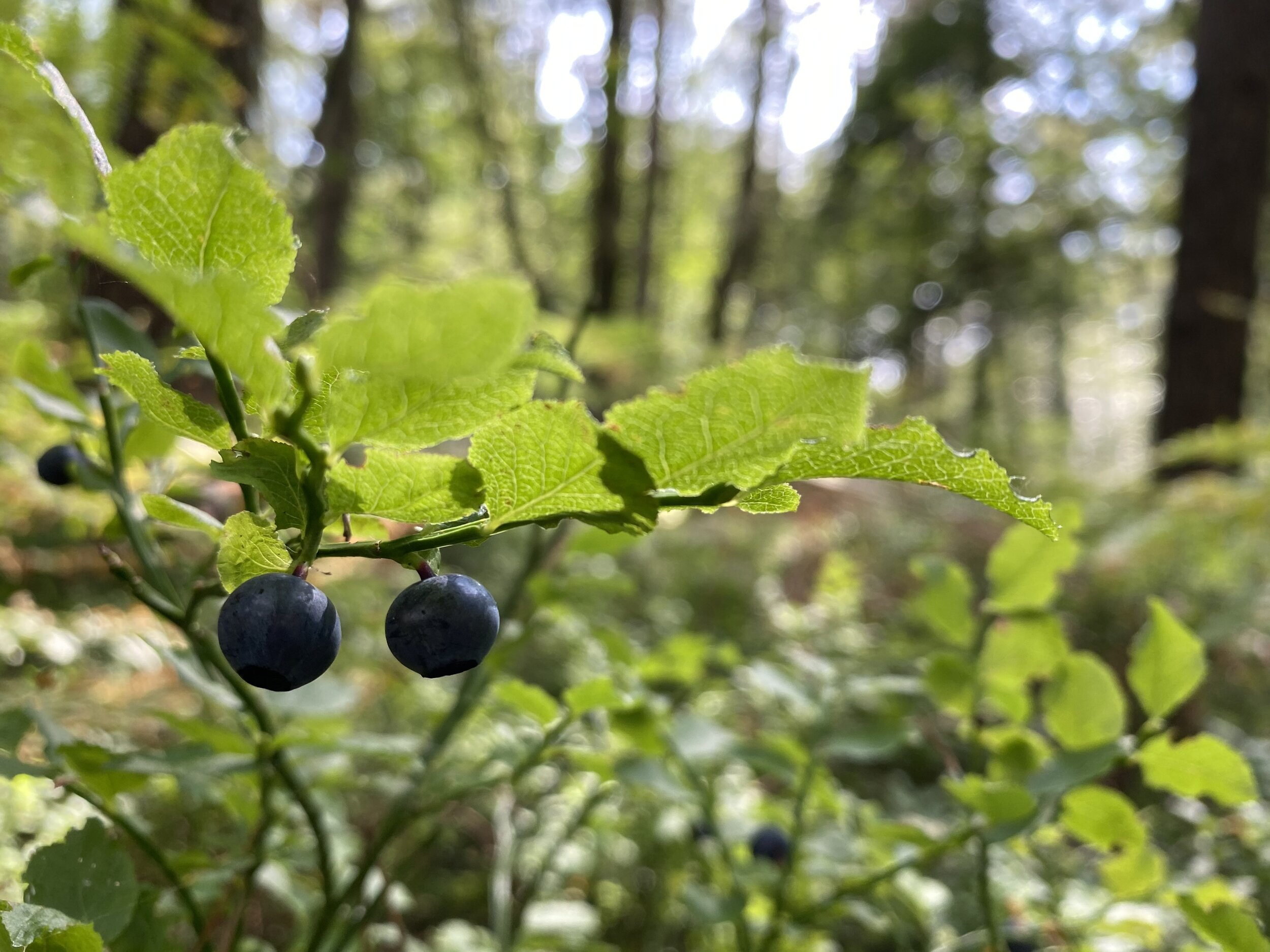
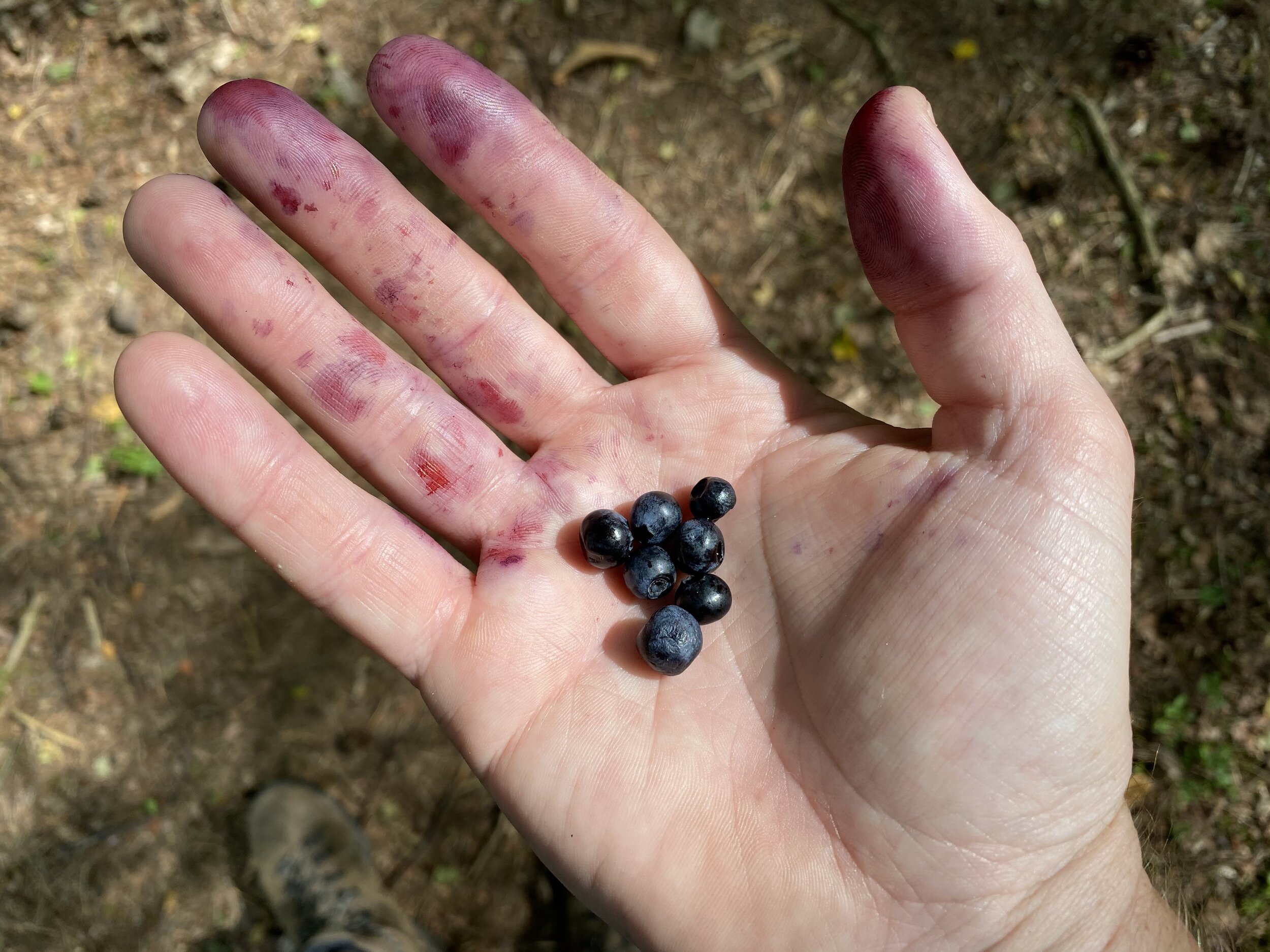
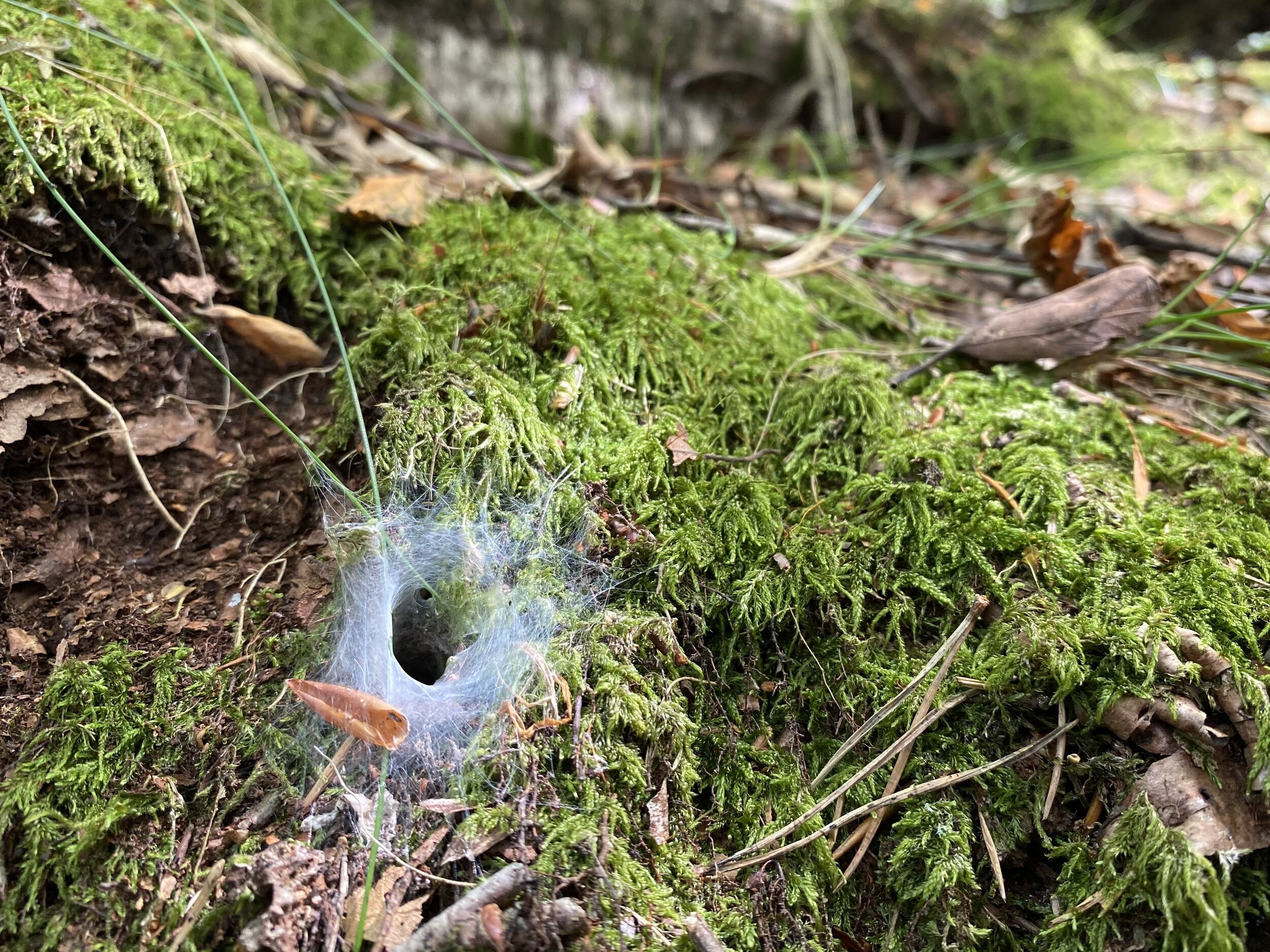
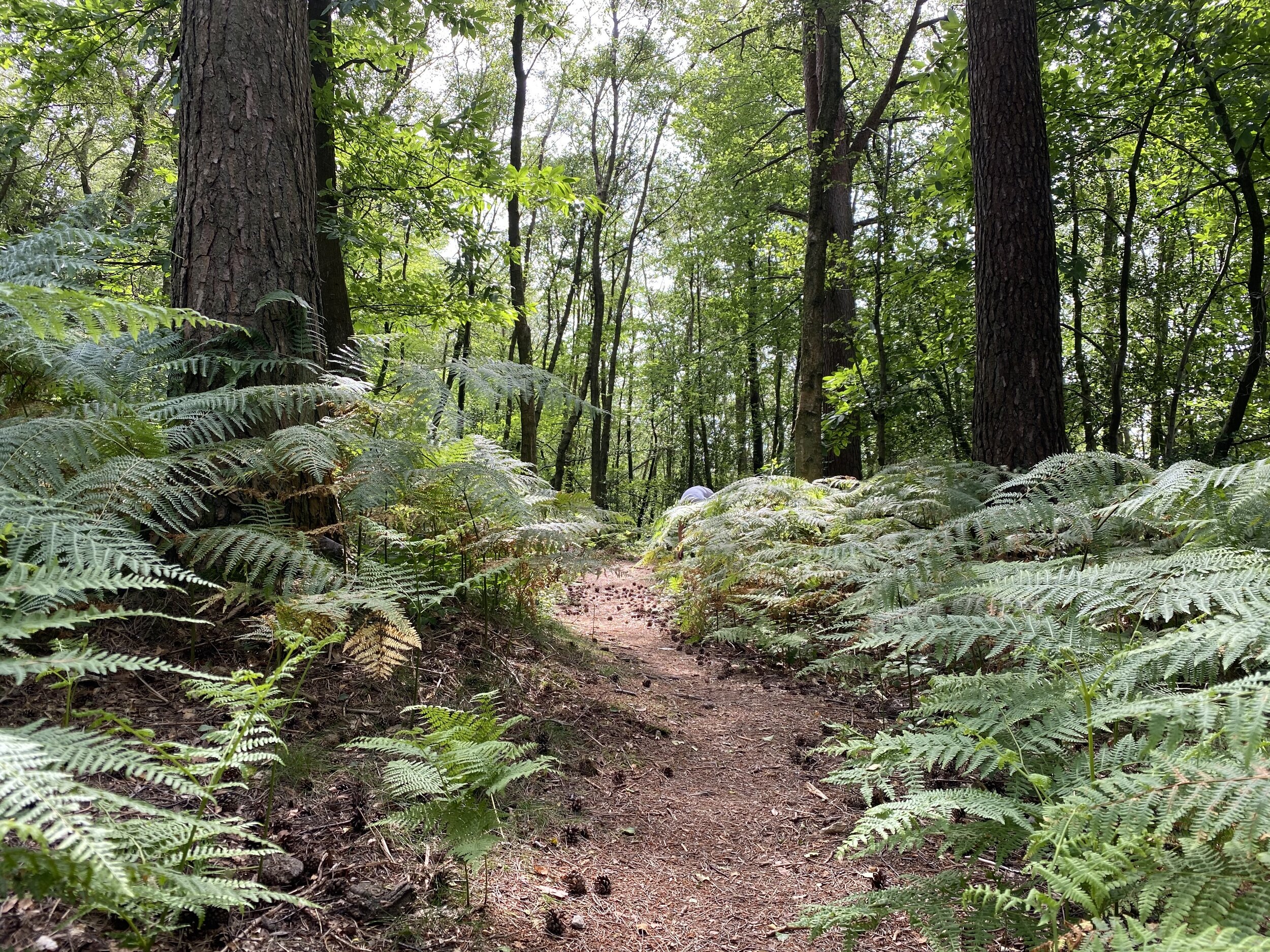
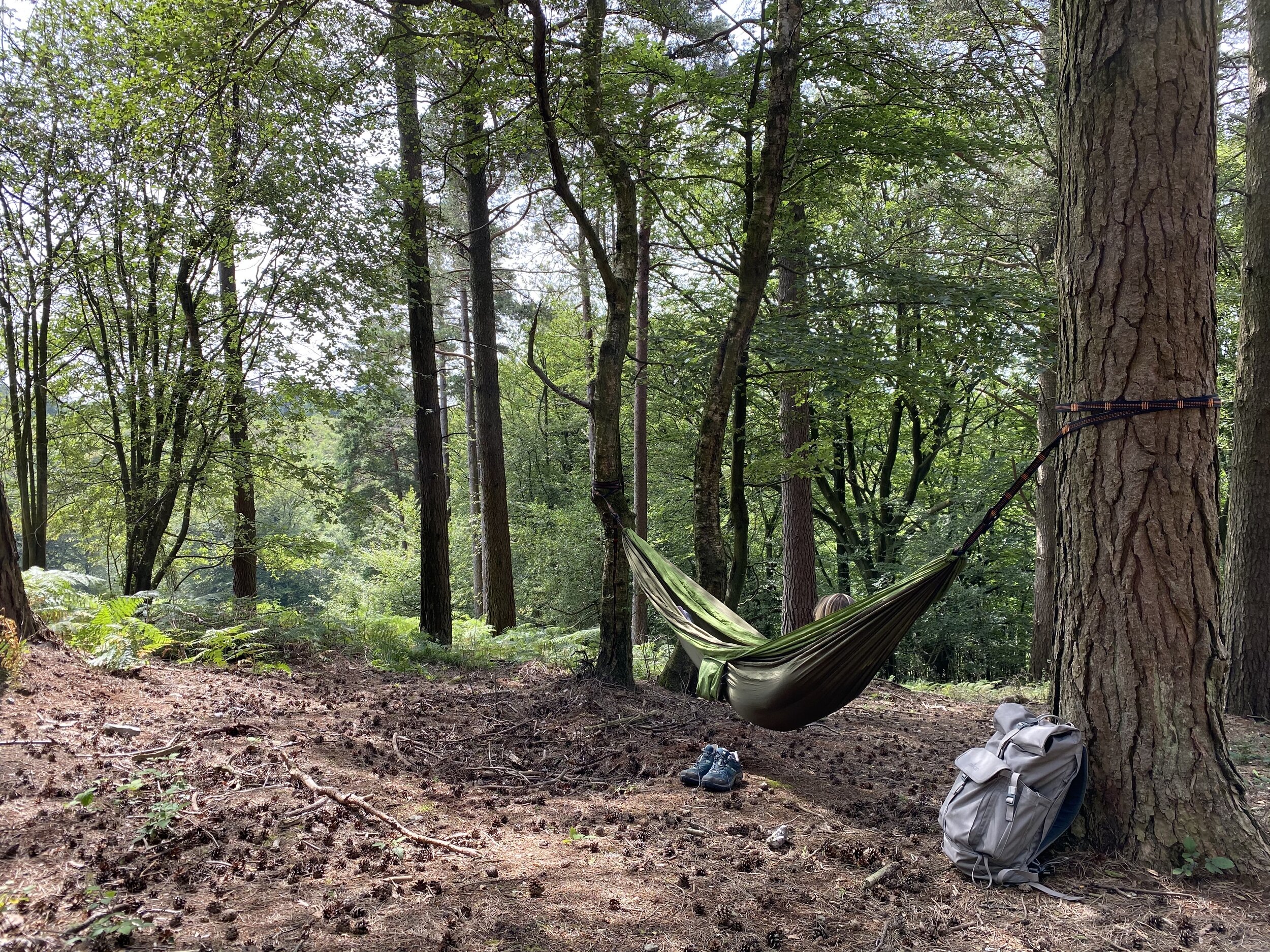
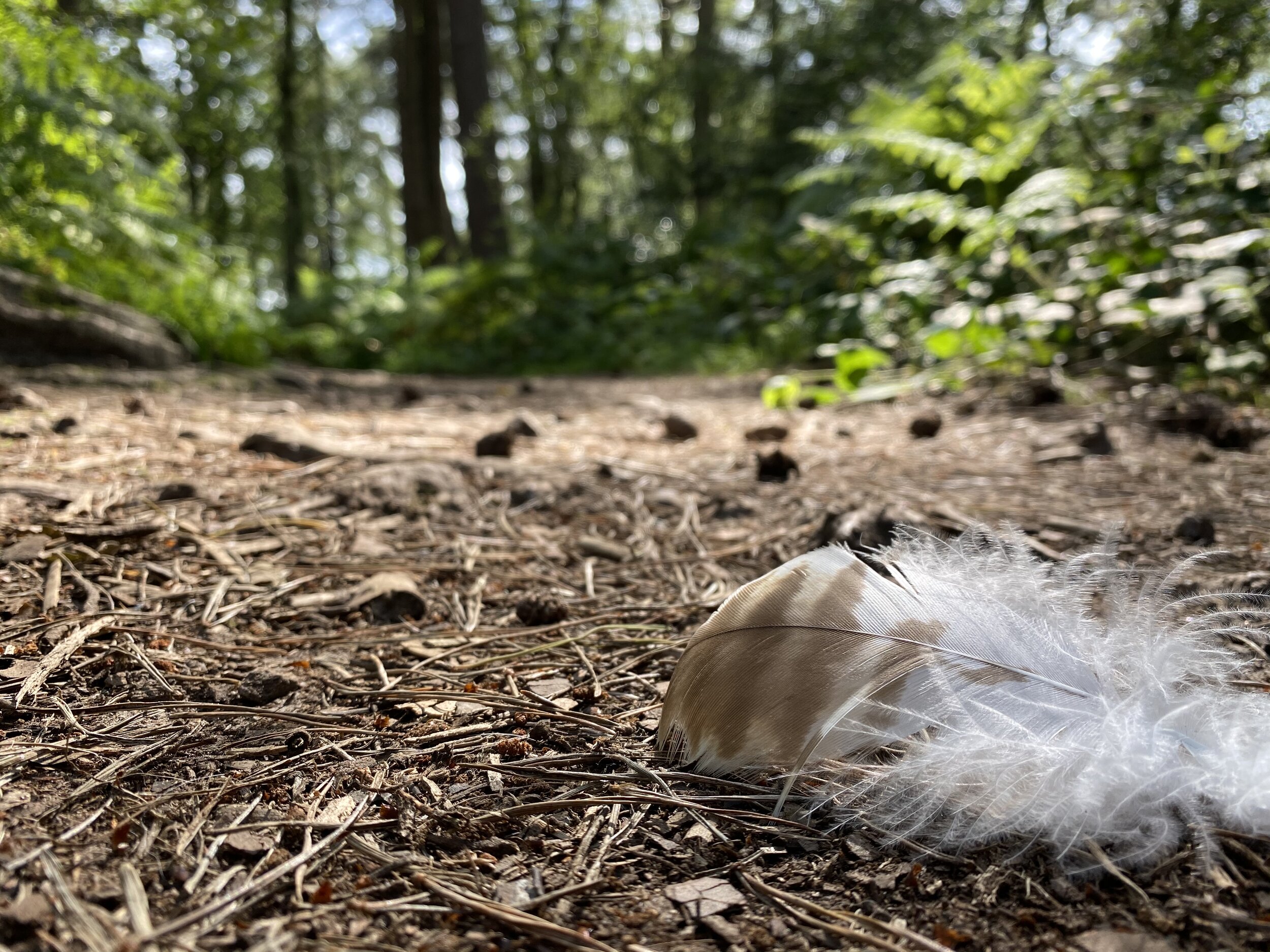
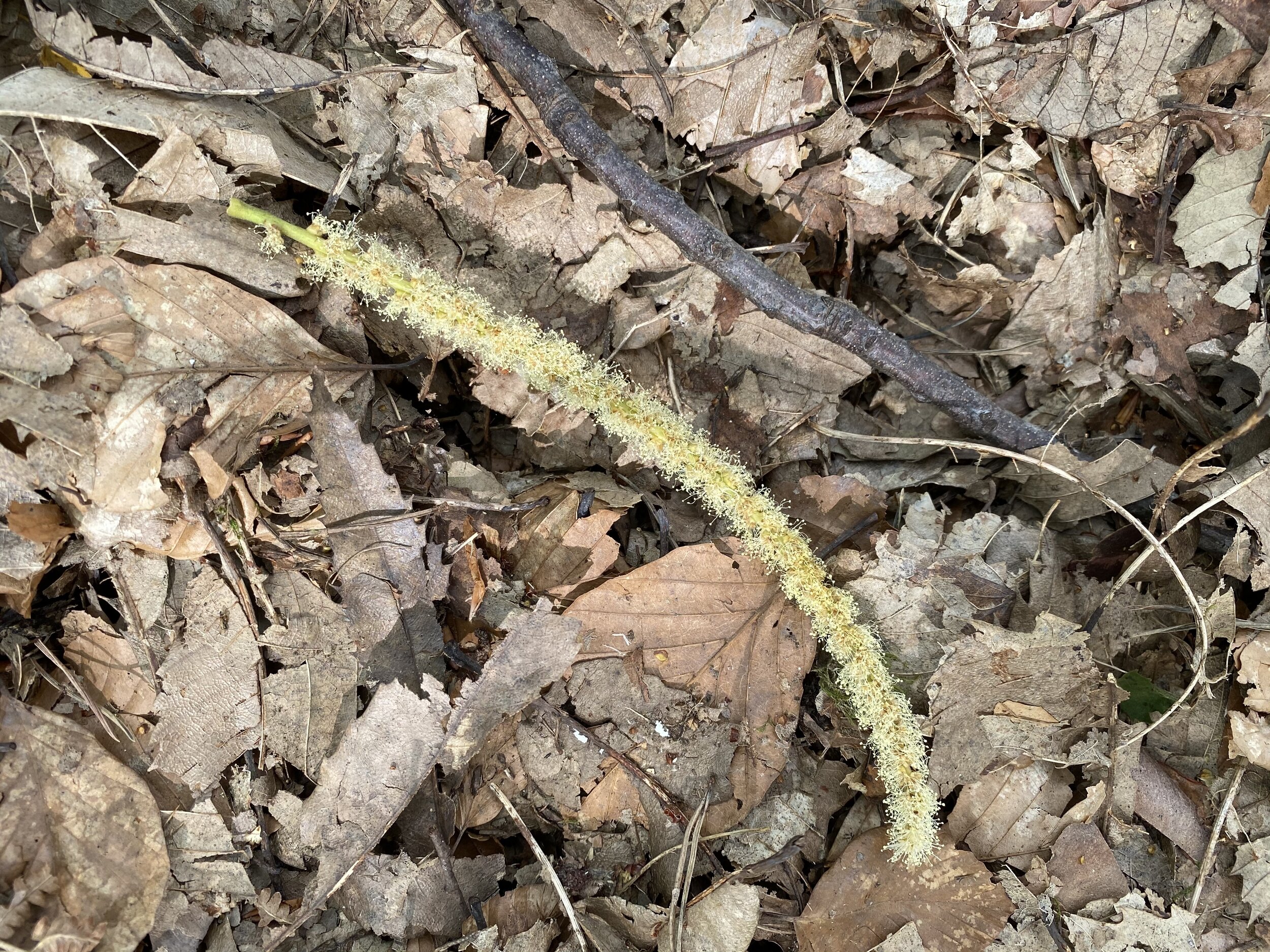
Recently my wife (Cat) and I had a child-free day together and decided to spend the time visiting an area, where we had heard Bilberries were growing.. So, keen to try our first Bilberries, we packed some snacks, an empty pot, and a hammock, and headed for West Sussex.
Here’s what I’ve learnt about bilberries… They are similar to blueberries, and can be found growing natively across northern Europe, as well as Iceland and northern Asia. Bilberries are tiny and grow on low bushes, mainly on high ground, and are found wild in heathland amongst heather and gorse, and some acid rich woodlands (these were growing amongst pine) during the summer and early autumn months. They grow on acidic, nutrient poor soils, and have a number of different names including blaeberry, whortleberry, wimberry, and whinberry. They can be a little acidic when eaten raw, and are commonly used to make jams, pies and sauces.
Here’s what I discovered about bilberries.. They are very hard to gather in large amounts by hand. They are small berries and grow in relatively small quantities. I spent a long time (what felt like hours) foraging (whilst Cat enjoyed some relaxing hammock time with a book) around the woodland and heathland areas to fill about a 1/4 of our container, plus the ones that were eaten on the spot of course. If you’re picking by hand, be prepared for purple stained fingers (as well as mouths/teeth when eating them - This is apparently where the traditional name of ‘Mucky Mouth Pie’ comes from)
After at least an hour and a half of hunting, picking, and eating these little guys, I decided to stop and take some time to explore the woodland, so I popped the lid on the container to keep safe my well earned and precious bounty, and went for a little photo walk. I discovered a few little treasures along the way..
Image six is a web constructed by a Labyrinth Spider, a species which is widespread in much of Southern England. The web is usually found at ground level, or close to it. The Labyrinth Spider produces a long funnel-shaped sheet web to catch it’s prey. The web can be very thick in places making it really stand out against it’s surroundings.
Image ten is a male catkin of the Sweet Chestnut tree. Unlike some other trees which grow catkins and are wind pollinated, such as beech, the sweet chestnut is pollinated by insects. These long upright male catkins emit a strong smell to attract insects, with the female flowers growing at the base of the male catkins waiting to be pollinated. The male catkin drops off once it has released it’s pollen , and then waits patiently for someone like me to come and photograph it…
Image nine is, what I believe to be, a tawny owl feather. We’ve been very lucky recently, and have managed to collect three tawny owl feathers in the past week alone. This one was lying patiently for me near the base of a tree. We collect a lot of feathers, mostly from pigeons or black corvids, for use in play or crafts at home or during Forest School sessions, but finding something like an owl feather is a real treasure indeed. This one will join some of our other special finds, like our tiny ethereal like goldfinch feathers, in our little nature treasure tray at home. I’m hoping to add, what I consider to be the holy grail of feather treasures, a jay feather to this tray one day!
What of the bilberries I hear you ask?.. My precious bilberry collection is destined to be lightly stewed with a little sugar, and then served with some pancakes this weekend.
Have you ever tried Bilberries before?
Terry
